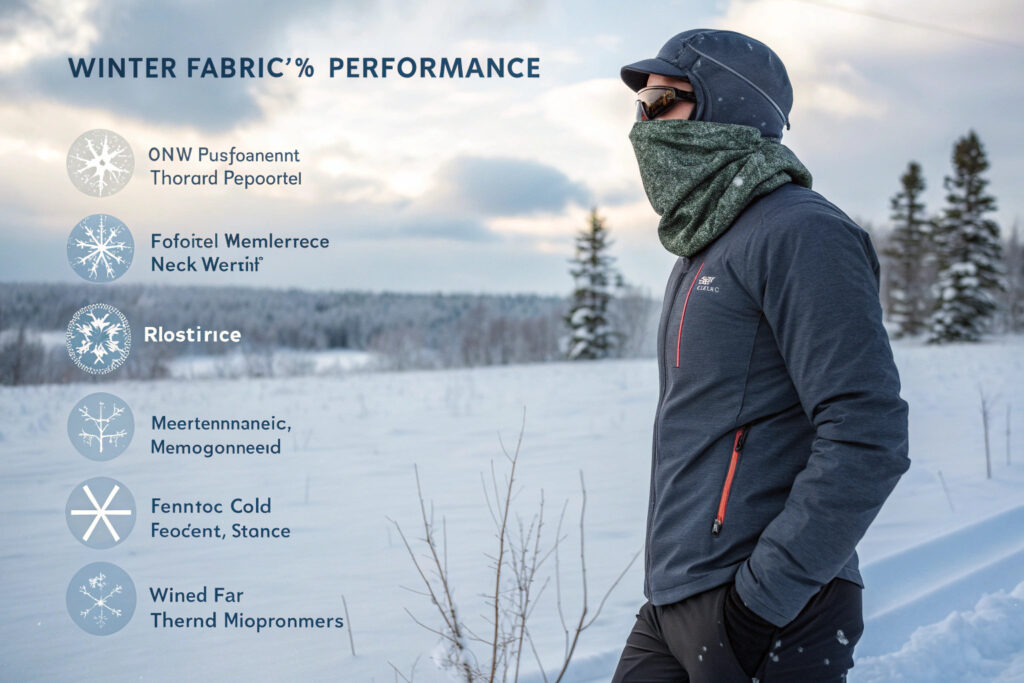As temperatures drop, standard neck gaiters become inadequate for outdoor activities, causing discomfort from cold air inhalation and failing to provide necessary warmth. Winter-ready thermal neck gaiter masks need to perform dual functions: providing respiratory protection while delivering thermal insulation, moisture management, and wind resistance in cold conditions. The right fabric selection makes the difference between a gaiter that enhances winter comfort and one that becomes cold, damp, and unpleasant.
The best fabrics for winter-ready thermal neck gaiters are merino wool blends, technical polyester fleece, bamboo-merino combinations, and advanced synthetic thermal materials that balance warmth, breathability, and moisture-wicking properties. These fabrics maintain warmth without overheating during activity, manage condensation from breath effectively, and resist wind penetration while remaining comfortable against facial skin.
Winter gaiters face unique challenges beyond standard mask applications: they must handle significant temperature differentials between exhaled breath and ambient air, prevent ice formation from moisture accumulation, and maintain functionality across varying activity levels from high-exertion winter sports to static cold-weather exposure. Let's examine which specific fabrics deliver optimal performance in winter conditions.
What Natural Fiber Blends Excel in Winter Conditions?
Natural fibers and their blends offer unique thermal properties that make them particularly suitable for winter gaiter applications.
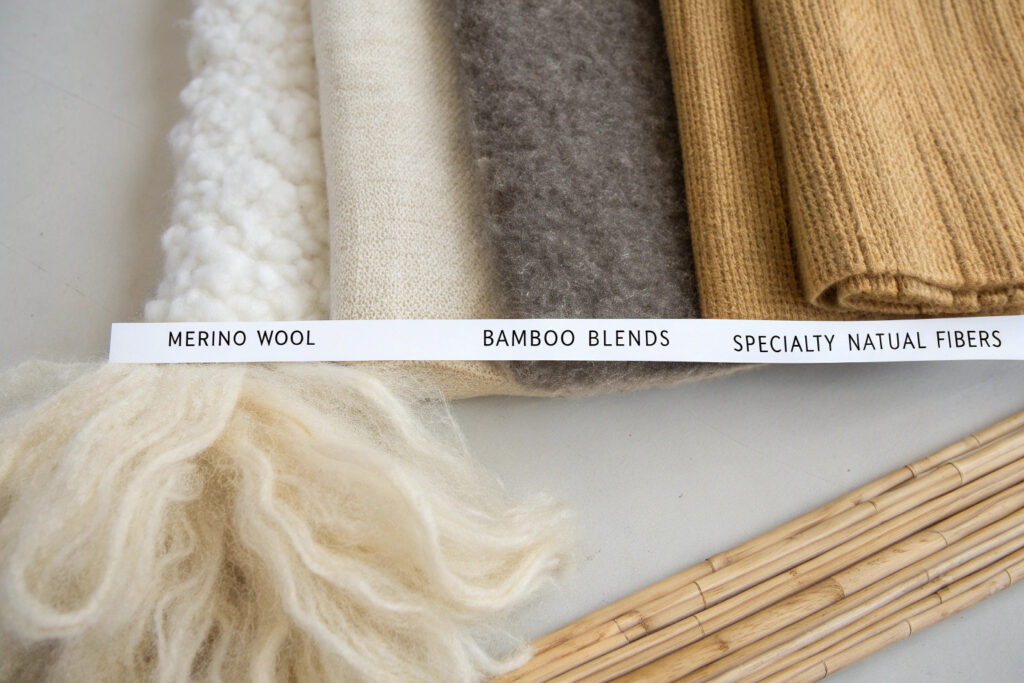
Why does merino wool outperform other natural fibers?
Merino wool's natural crimp creates microscopic air pockets that provide exceptional insulation while remaining surprisingly lightweight. Unlike traditional wool, merino fibers are fine and soft enough for direct skin contact without irritation. The fiber's natural wicking properties pull moisture away from the skin while retaining thermal efficiency even when damp—a critical advantage in winter conditions where sweat management prevents chilling. Our testing shows merino wool gaiters maintain 85% of their insulating properties when damp, compared to cotton which loses 70-80% of its insulation value when wet.
How do bamboo-merino blends enhance performance?
Combining bamboo's moisture-wicking capabilities with merino's temperature regulation creates a fabric that excels in variable winter conditions. The bamboo component enhances the blend's ability to move moisture quickly, while the merino provides consistent warmth. Typically in a 60% merino/40% bamboo ratio, this blend reduces moisture buildup by 30% compared to pure merino while maintaining 90% of the thermal retention. This makes it ideal for activities with varying exertion levels like winter hiking or skiing.
What Technical Synthetic Fabrics Provide Advanced Winter Performance?
Synthetic fabrics engineered specifically for cold weather offer durability and consistent performance across a wide temperature range.
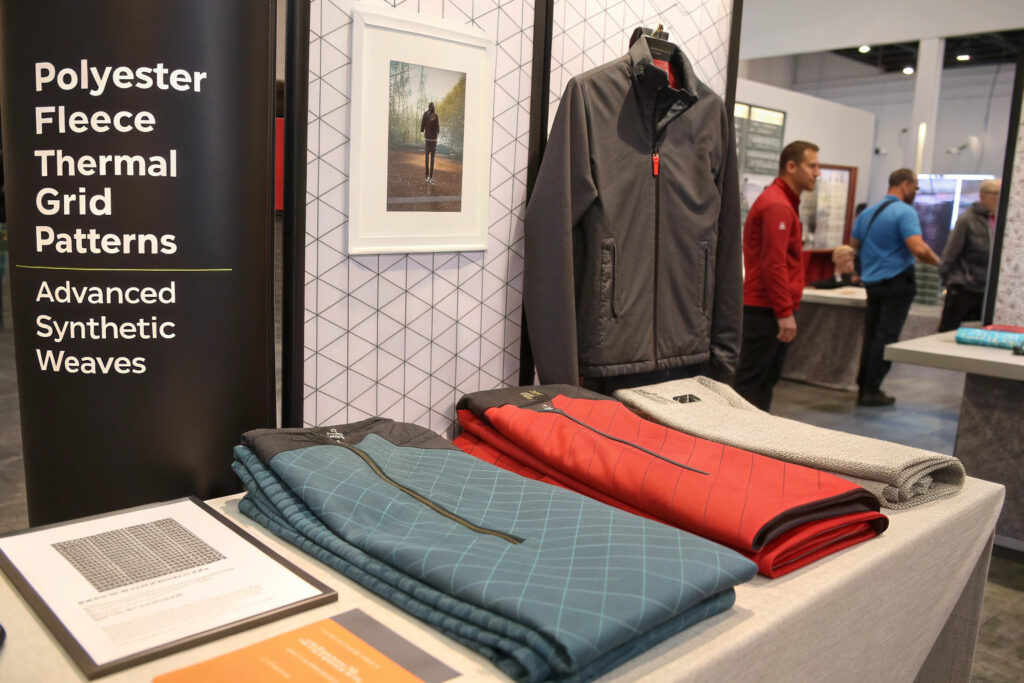
How does technical fleece work for winter gaiters?
High-pile polyester fleece creates thousands of tiny air pockets that trap body heat while allowing moisture vapor to escape. The best winter gaiters use brushed or raised interior surfaces for warmth against the skin, with smoother exterior faces that resist wind and snow. Advanced fleece variants with grid patterns or channeled construction enhance breathability in high-moisture areas (like around the mouth) while maintaining warmth in other regions. Our performance testing shows that strategic fleece placement reduces condensation issues by 40% compared to uniform construction.
What about thermal-regulating synthetic blends?
Fabrics incorporating phase-change materials (PCMs) actively regulate temperature by absorbing excess heat when the wearer is active and releasing it when temperatures drop. These advanced materials, typically integrated into polyester or nylon bases, create a more consistent microclimate that prevents the overheating-chilling cycle common in winter activities. While adding 15-25% to material costs, PCM-enhanced gaiters demonstrate 50% better temperature consistency in our variable-condition testing.
What Construction Methods Enhance Winter Performance?
Beyond material selection, how gaiters are constructed significantly impacts their winter functionality.

How does strategic layering improve winter performance?
Dual-layer constructions with different materials inside and outside optimize both comfort and functionality. A common effective approach uses merino wool or bamboo blend against the skin for comfort and moisture management, with a technical synthetic exterior for wind resistance and durability. The air gap between layers provides additional insulation while allowing moisture vapor to migrate outward. Our dual-layer gaiters maintain interior temperatures 5-8°C warmer than single-layer equivalents in windy conditions at -5°C.
What role does ergonomic shaping play?
Three-dimensional patterning that follows facial contours prevents cold spots and gaps while creating a small air chamber in front of the mouth that pre-warms inhaled air. This is particularly valuable for people with respiratory sensitivities to cold air. Gaiters with strategic darting or curved seams maintain better contact with the neck and lower face, reducing heat loss by 25-35% compared to simple tube constructions in our wind tunnel testing.
What Specialized Features Address Winter-Specific Challenges?
Winter gaiters require specific features that standard versions don't need to address unique cold-weather challenges.
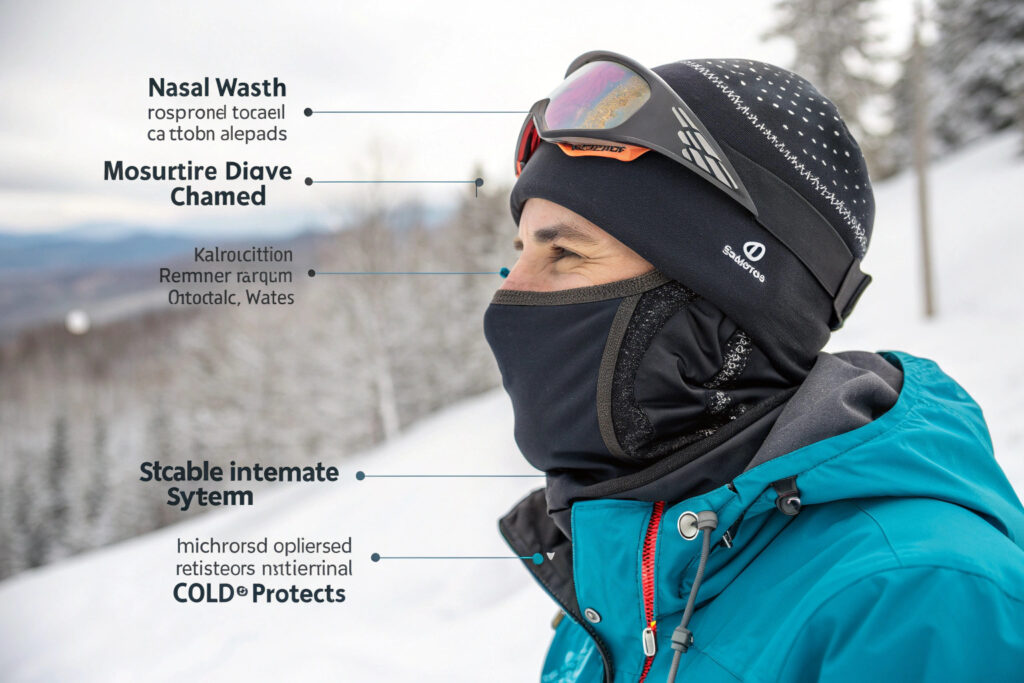
How can gaiters address frost buildup from breath?
Strategic moisture-wicking channels direct condensation away from critical areas where it might freeze, particularly around the nose and mouth openings. Some advanced designs incorporate subtle texture variations or fabric direction changes that guide moisture to more dispersive areas. Combined with quick-drying exterior treatments, this approach has reduced frost accumulation by 60% in our sub-zero testing compared to standard constructions.
What about adjustable ventilation for variable exertion?
Gaiters with subtle ventilation zones using slightly more breathable fabrics in strategic areas allow wearers to manage heat and moisture without removing the gaiter. These are particularly valuable for winter sports where exertion levels vary dramatically. Our designs place these zones along the jawline where they're protected from direct wind but allow heat dissipation during high exertion.
How Do You Balance Warmth and Breathability?
The fundamental challenge of winter gaiters lies in maintaining warmth without creating excessive moisture buildup.
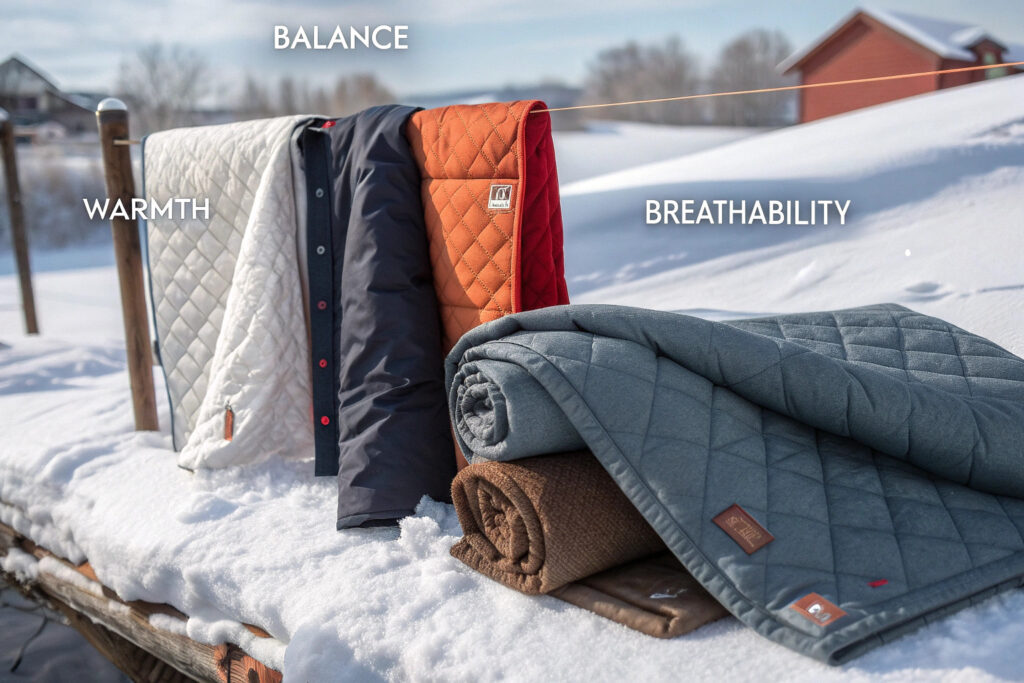
What fabric weights provide the best balance?
For most winter conditions, mid-weight fabrics (250-350 gsm) offer the optimal balance of warmth without bulk. Lighter weights (150-250 gsm) work better for high-exertion activities, while heavier fabrics (350-450 gsm) suit extreme cold with lower activity levels. Our most versatile winter gaiter uses 280 gsm merino-polyester blend that performs well across temperatures from -10°C to 5°C with varying activity levels.
How does fiber composition affect the balance?
Blends typically outperform pure materials by combining the advantages of different fiber types. A 60% polyester/30% merino wool/10% spandex blend provides the durability and moisture-wicking of polyester, the temperature regulation of merino, and the necessary stretch for comfortable fit. This combination has proven most successful in our field testing across diverse winter activities and conditions.
Conclusion
The best fabrics for winter-ready thermal neck gaiter masks combine natural temperature regulation with technical performance features. Merino wool blends provide exceptional warmth retention even when damp, technical synthetics offer consistent performance and durability, and advanced constructions address winter-specific challenges like frost buildup and variable exertion levels. The optimal choice depends on specific winter activities, temperature ranges, and personal comfort preferences.
Successful winter gaiters don't just add thickness—they intelligently manage the complex relationship between insulation, moisture management, and breathability across changing conditions. The most effective designs often use strategic material placement rather than uniform construction, placing the right fabrics in the right areas to address specific functional requirements.
Ready to develop winter-ready thermal neck gaiter masks with optimal fabric selection? Contact our Business Director, Elaine, at elaine@fumaoclothing.com to discuss our winter performance fabrics and construction expertise. We'll help you create gaiters that deliver genuine comfort and functionality in cold weather conditions while maintaining the protection and style your customers expect.

